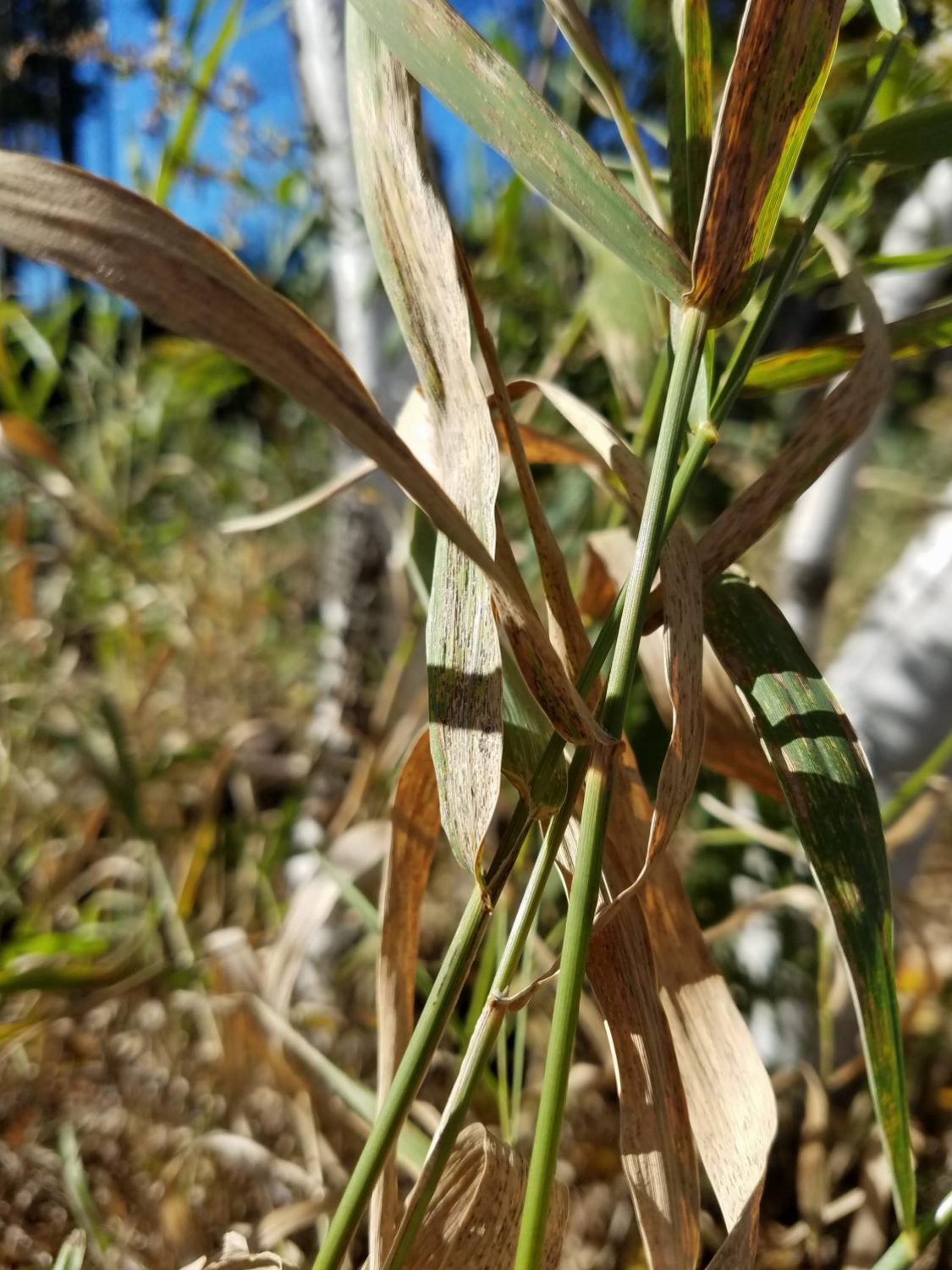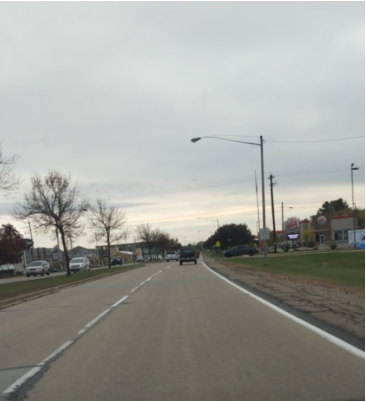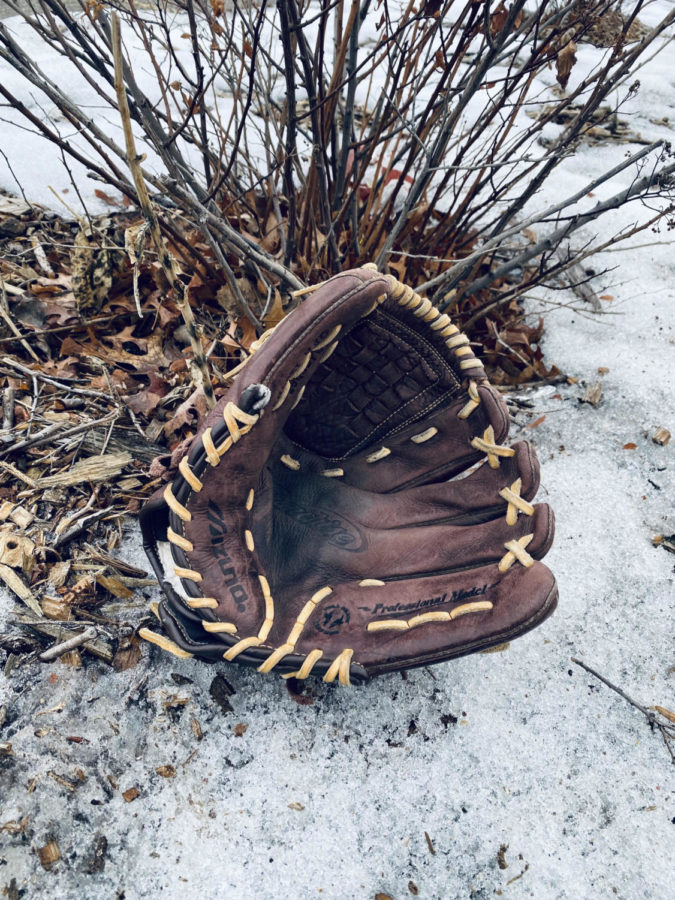Small but dangerous
October 24, 2018
By MADISON RINDAHL
The Mirror reporter
Ticks go unnoticed, unseen because of their size. They can make people’s life very hard and leave no trace of being on someone.
Lyme disease is a very serious illness transmitted by the Blacklegged tick or Deer tick. Wisconsin is a medium risk state with parts of it being high risk when it comes to Lyme disease. The bacterium Borrelia burgdorferi is spread through the bite of a tick. According to the Center for Disease Control (CDC), the Blacklegged deer tick spreads the disease in the northeastern, mid-Atlantic, and north-central United States. The Western blacklegged Deer tick spreads the disease on the Pacific Coast.
Ticks can attach themselves on any part of the body. They are often found in hard to see places such as the groin, armpits 0r scalp. The tick roughly needs to be attached for 36 to 48 hours before Lyme disease can be transmitted.
“Most people assume that when bitten by a tick that carries Lyme disease they will get a bullseye like a rash. The reason the rash is called a bullseye is the red rash expands outward and the center is white forming a bullseye pattern. The rash spreads slowly over days and is not itchy or painful but may be warm to the touch,” reported the Mayo Clinic.
The diagnosis of Lyme disease can be very difficult sometimes.
“I never found a tick on me or any bullseye rash indicating that I had gotten bit so it was hard for the doctors to diagnose me,” Stevens Point resident Joel Rindahl said.
The symptoms of Lyme disease can present itself as symptoms of other health conditions. According to the Mayo Clinic, ticks that spread Lyme disease can also spread other diseases.
The sooner the treatment starts the faster recovery time is.
“It took the doctors 11 months to a year to find out it was Lyme disease. The reason for that is because the disease caused a lot of problems that seemed liked other conditions. I had extreme fatigue, achy joints and sore muscles. I had a lack of focus and I also had a lot of random fevers. There were some neurological problems as well and stomach problems that were very painful,” Rindahl said.
Antibiotics are the best way to treat Lyme disease. People can do oral medication and/or intravenous antibiotic medication.
“I went on two different types of medication specifically for Lyme disease. The doctors did the Elisa test and the Western Blot test. I also took Doxycycline and Amoxicillin which are medication for Lyme disease,” Rindahl said.
Some preventive would be to not spend time in wooded or overly grasses areas. In the U.S, deer ticks are most commonly found in heavily wooded areas of the Northeast and Midwest.
Mayo Clinic reports “Children who spend a lot of time outdoors in these regions are especially at risk. And adults who have an outdoor occupation are also at risk.”
Another point to remember when going into a wooded place is to protect arms and legs by wearing long sleeves and pants. Always check clothes and body after coming out of heavily wooded areas. Using insect repellant on clothing can help prevent ticks from biting. The CDC also recommends showering within two hours of being in a wooded area. This can help to wash off unattached ticks and provides a great opportunity to do a tick check. Remove ticks as soon as possible with tweezers. Never crush a tick with by using fingers. Do not let pets wander into long grass or weeds because a tick may attach to their fur and they inadvertently bring the tick into the house. Dogs are very susceptible to tick bites and Lyme disease.
It is important to be informed about Lyme disease. As it can affect people for a short time if caught right away or may affect people for the rest of their lives if not found right away.


































































Hlee • Oct 28, 2018 at 10:56 PM
Beautiful photograph and a well-written article. I first learned about Lyme disease last year when I had Mr. Akeman as my biology teacher. It was so hard for patients with Lyme disease because back then they didn’t even know about it and I feel that some of us aren’t aware of it too. Hopefully, this article brings more awareness.
Soren Luther • Oct 28, 2018 at 6:45 PM
Personally, I get pretty paranoid about ticks. I usually check myself for them after coming out of the woods. These little bugs are really really nasty and although Lyme disease may not seem like a big deal, it sure isn’t a joke. Keep up the good work!
Aiden Price • Oct 25, 2018 at 11:19 AM
this is very very serious. ticks are bad for you, especially with Lyme disease. I’m glad you talked about this.
Justice Chukwuemeka • Oct 25, 2018 at 10:54 AM
Great Article. I rarely go into a forest so that’s a plus. Last year in Biology, we discussed the relationship between acorn masting and Lyme disease. I know some people who have been diagnosed with Lyme disease and I think it should be taken seriously.
Willow • Oct 25, 2018 at 10:49 AM
I love how you choose such an important topic to write about. Lyme disease is such a bad thing to have and hard to recover from. It’s great that more people will know about it now.